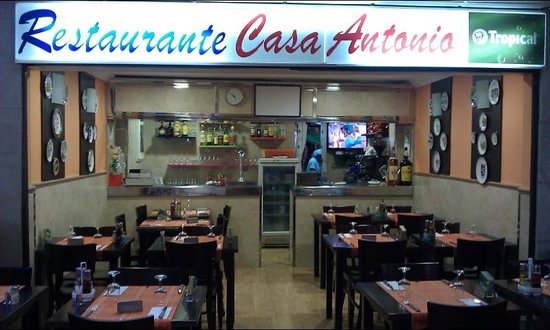Jaén
WELCOME TO Jaén
Province Overview
Jaén
13,496 km2
633,558
Spanish
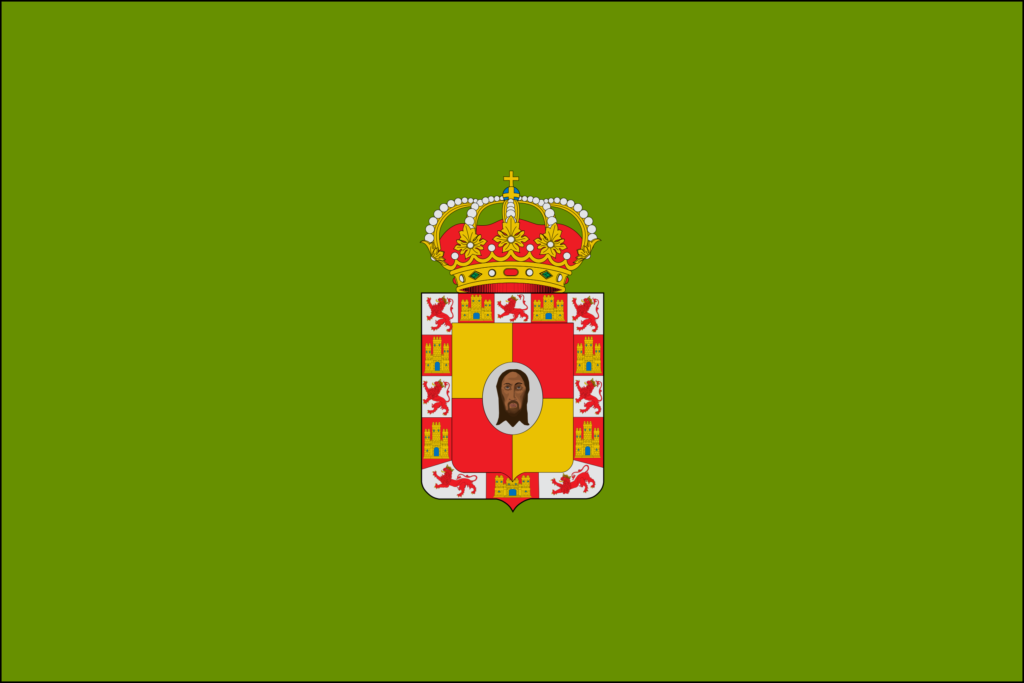
Popular
Geography and Tourist Attractions
Information about the province's tourist attractions, including popular destinations, events, and activities.
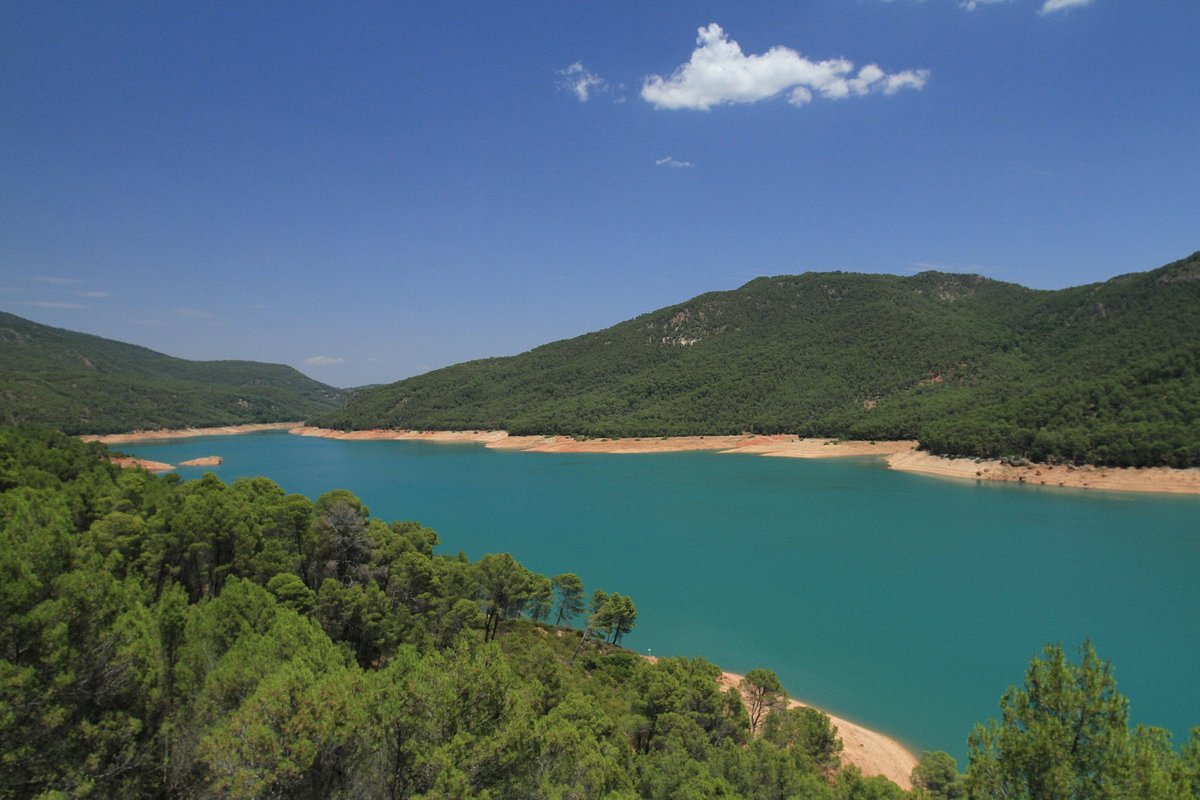
Sierra de Cazorla Natural Park
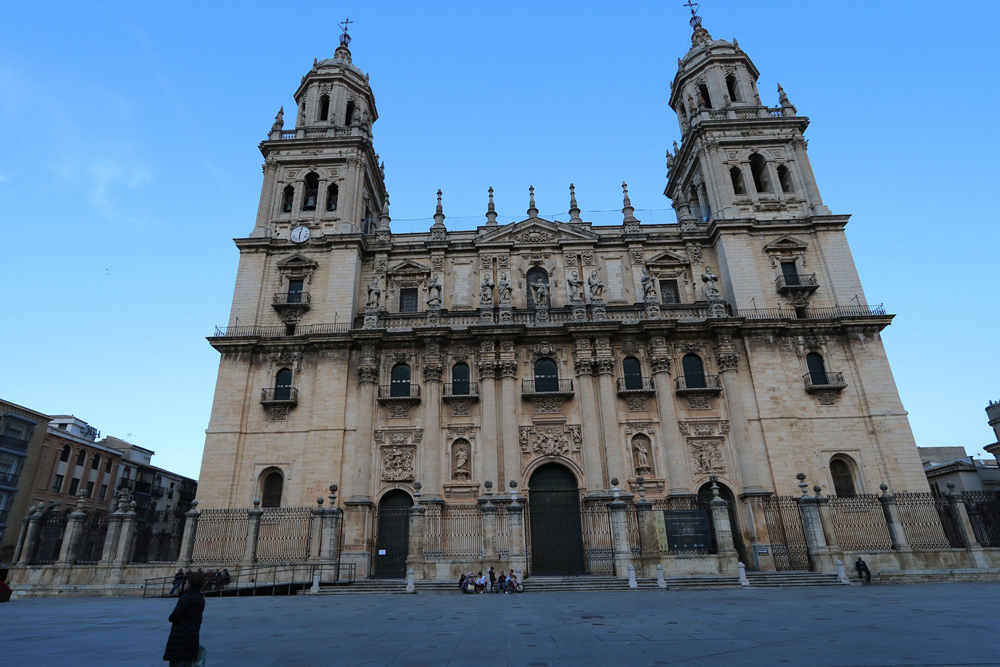
Jaén Cathedral
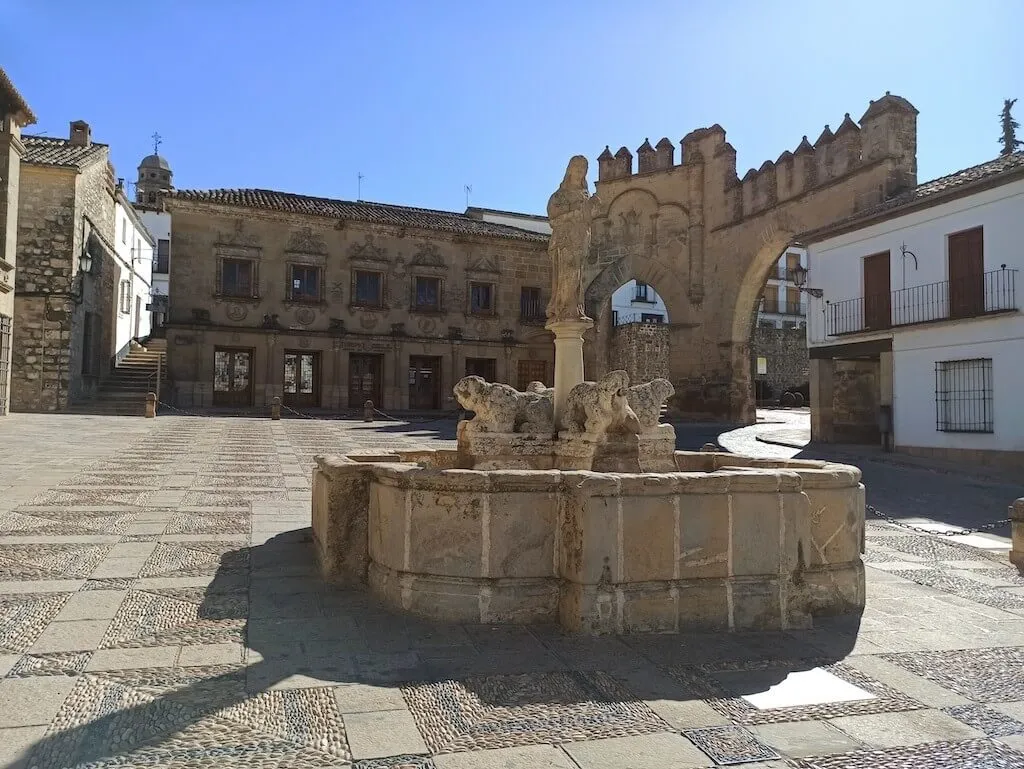
Baeza
Political
Economy and Government
Jaén is a province located in the autonomous community of Andalusia in southern Spain. Historically, the region's economy was based on agriculture, with olive oil production being a key industry. However, in recent years, there has been a shift towards diversification, with the service sector and tourism becoming increasingly important. The region is also home to a number of small and medium-sized businesses, particularly in the manufacturing and construction sectors.
In terms of government, Jaén is part of the Andalusian autonomous community, which has its own regional government. The region is divided into 97 municipalities, each with its own local government. The provincial government is responsible for overseeing a range of services, including education, health, culture, and tourism.
The region has a long and rich history, and its cultural heritage is an important aspect of its economy and government. The local government is committed to preserving and promoting the region's cultural assets, including its historic buildings, monuments, and museums. This has helped to attract tourists from all over the world, contributing to the region's economy and creating jobs.

History
History and Culture
The province of Jaén in southern Spain has a rich history and culture that spans centuries. It has been inhabited by various civilizations, including the Iberians, Romans, Moors, and Christians. This has resulted in a unique blend of architectural styles, traditions, and customs.
One of the most significant cultural aspects of Jaén is its culinary heritage. The region is famous for its olive oil production, which has been a key industry for centuries. The local cuisine also features a variety of traditional dishes, including stews, soups, and desserts.
The province is also home to a number of important cultural landmarks, such as the Jaén Cathedral, which dates back to the 16th century and is renowned for its beautiful Renaissance architecture. Other notable attractions include the Baeza Cathedral, the Castle of Santa Catalina, and the Arab Baths in Villardompardo.
In addition to its historical and architectural heritage, Jaén is also known for its traditional festivals and celebrations. These include the Carnival of Torres, the Feria de San Lucas, and the Festivity of the Holy Christ of the Light.
Overall, the culture and history of Jaén are an important part of the region's identity and continue to attract visitors from all over the world.
HOTELS
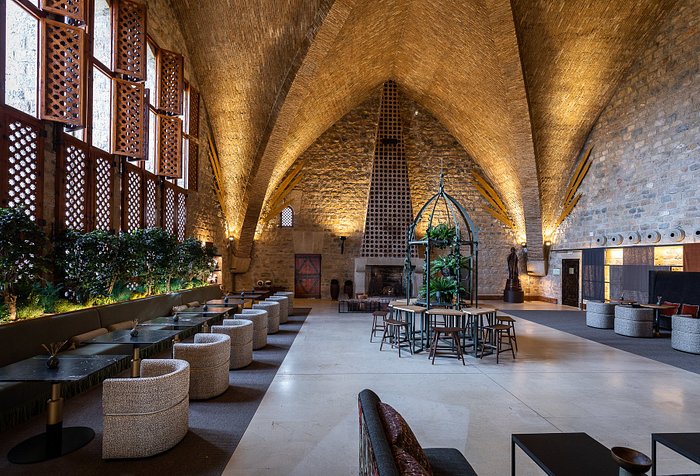
Parador de Jaén
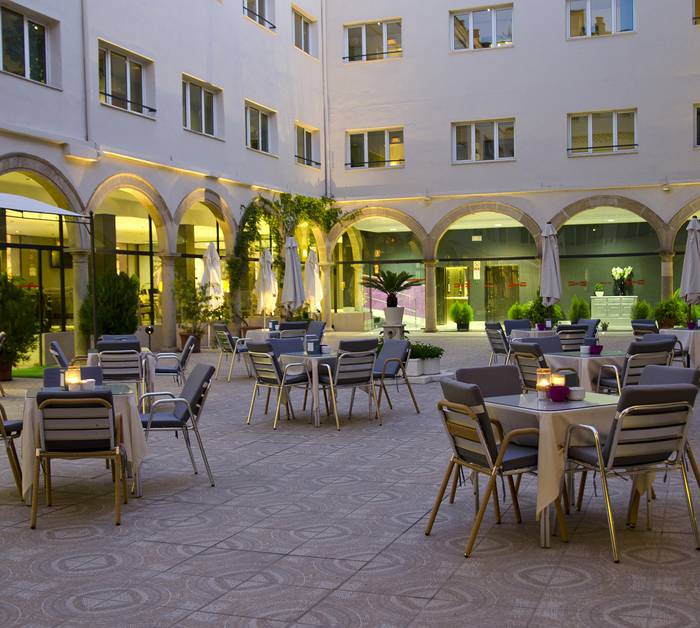
TRH Ciudad de Baeza
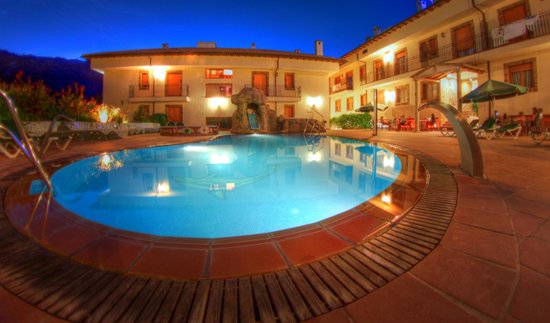
Hotel Balneario Parque de Cazorla
RESTAURANTS
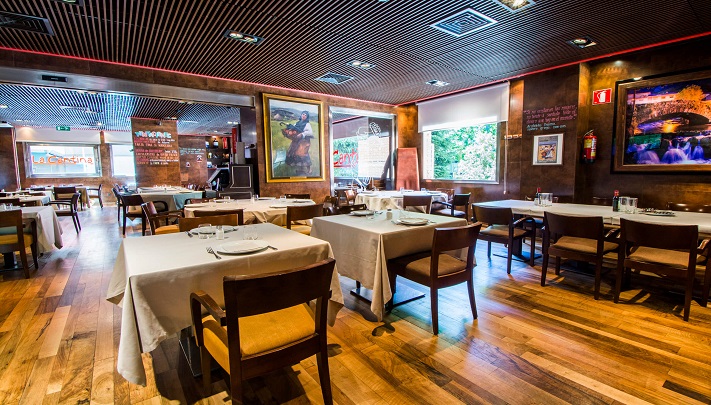
La Cantina de la Estación
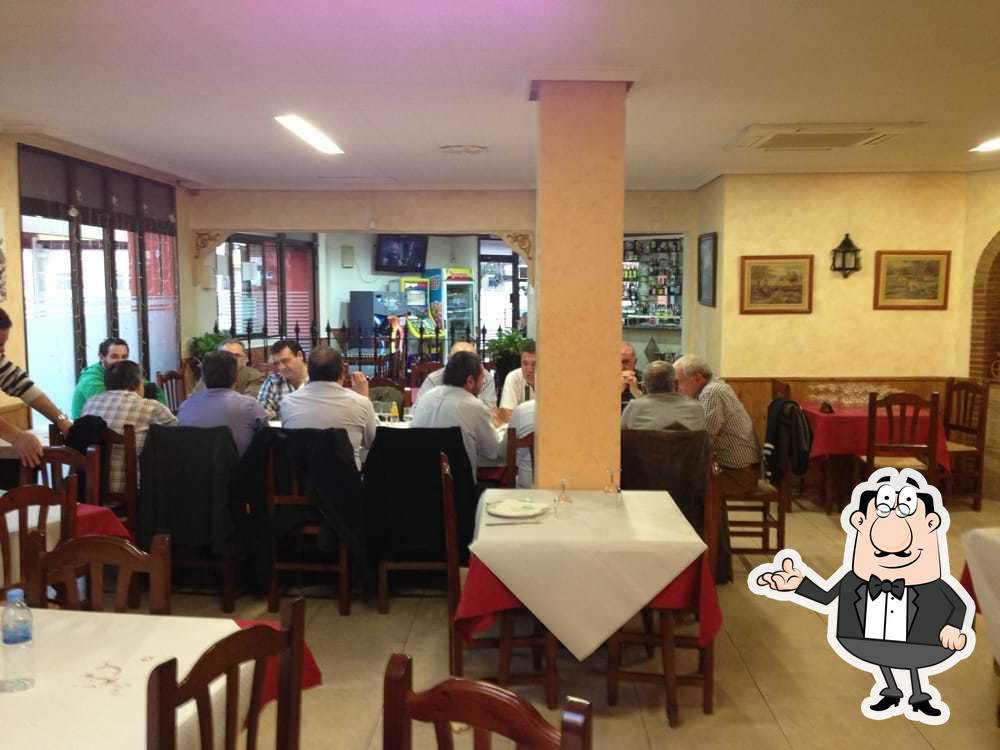
Asador El Olivo
